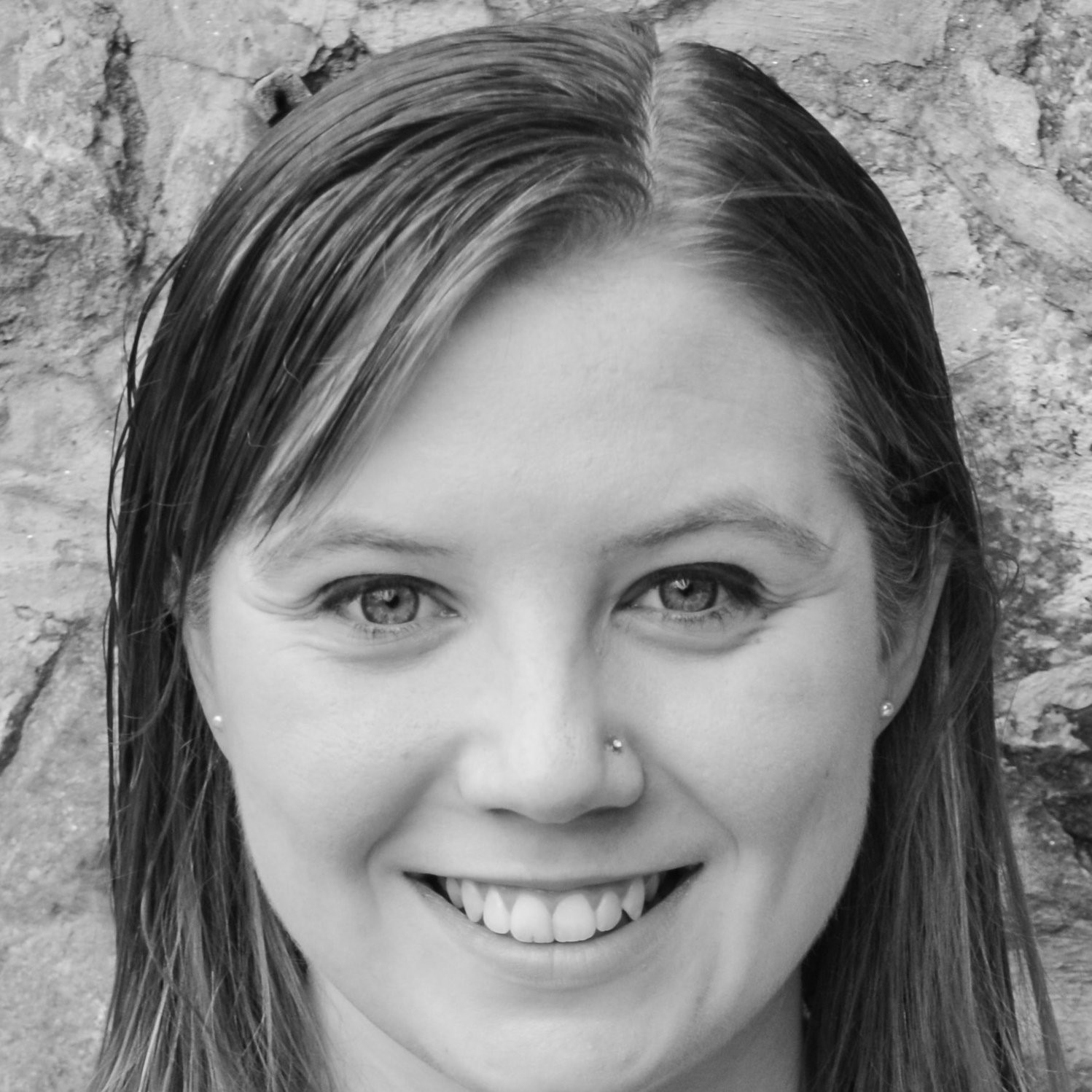Amidst growing skepticism of traditional aid models, the field of results-based financing (RBF) has taken root. But with so many mechanisms – DIBs and SIBs, HIBs and SIINCs – getting attention, it can be difficult to know which tool will help an organization achieve the greatest impact.
At IDinsight, we have seen the benefits of taking an impact-first approach in all things, including selecting and designing RBF instruments. As evaluators on the world’s first development impact bond (DIB) in education and Africa’s first development impact bond, we know the importance of getting the details of RBF instrument design right in order to incentivize impact. At the same time, we see signs of some organizations buying into the hype around development impact bonds and other instruments – and working backwards to fit them to a particular program and context. Instead, we encourage organizations thinking of using RBF to start with a careful diagnosis of their objectives, and shape the instrument to meet them.
Related article: IDR Explains | Development Impact Bonds
To do that, we recommend that foundations, investors and intermediaries ask three questions:
Should you do RBF?
To put this another way, what problem would RBF help solve? Various claims have been made about the potential benefits of RBF instruments, but we think the most compelling arguments fall into two main categories:
- RBF instruments can financially incentivize an implementer to work harder and/or focus resources on the activities that maximize impact
- RBF instruments can shift risk away from donors and onto implementers and investors by only paying for activities that have impact
If an organization or its donors are not facing challenges in these areas, then it is probably not worthwhile to do RBF. Designers of these instruments must be ruthless in their assessment of whether those benefits will manifest, and compare those projections to the costs – not just of the program, but the costs of everyone’s time to agree on targets, measure results and administer the RBF instrument. The true test of whether to pursue RBF is if it will help achieve greater impact than could be accomplished with a traditional grant.
Because the way the RBF contract defines and measures those results will be tied to payments, it must do so in a way that is clear, reliable, and unlikely to create perverse incentives | Picture courtesy: Raw pixel
Can you do RBF?
We believe RBF instruments can be powerful tools for incentivizing social impact. However, that requires deploying them in the right context. While there are many different RBF instruments, what unites them all is tying payments to results. By definition, that means it must be possible to measure the results of the program to be funded. And because the way the RBF contract defines and measures those results will be tied to payments, it must do so in a way that is clear, reliable and unlikely to create perverse incentives.
Related article: Are you ready for RBF?
Explore whether a program is a good candidate for RBF by asking these questions:
- Can the desired outcomes be measured? Some important, worthwhile goals are nevertheless prohibitively difficult to measure. For example, changes in intimate or stigmatized behavior (like practicing safer sex, or reducing domestic violence) are difficult if not impossible to observe, and may not be reported accurately by program participants.
- Can the desired outcomes be attributed to the program? Even when outcomes can be measured, it may not be possible to know whether the program caused them. For example, the impact of large systemic changes, like raising teacher salaries or changing hospital protocols, can be difficult to evaluate since they may lack meaningful comparison groups to help infer what would have happened without the program.
- What are other challenges to linking payments to results? Can they be overcome? Good programs still may be poor candidates for RBF for any number of other reasons: if the results will not be observable for many years, if data collection is prohibitively expensive, or if it is impossible to gain access to critical administrative data.
Note that this has nothing to do with sector or geography. Rather, it is important to check if a program meets these basic criteria before taking the time and effort to build an RBF mechanism. If it doesn’t, a program may be better suited to a different funding mechanism, like traditional grants. If it does meet the criteria, RBF may be an effective way to raise funding and further push a program to maximize its social impact.
Next, it is important to consider which RBF instrument to deploy.
How do you do RBF?
We have seen a proliferation of new instruments – like humanitarian impact bonds, social impact incentives and outcomes funds – entering the RBF space. Instead of treating these as totally separate approaches, we think it is more helpful to break up their distinctive components into a menu of design options. Thoughtful users of RBF can pick and choose among these design elements to assemble an RBF instrument that solves the problem at hand.
Related article: To DIB or not to DIB
Every RBF instrument boils down to a simple transaction: An organization delivers results (rather than activities or inputs), and a second organization pays for them. With that foundation firmly in place, you can add and adjust additional design features:
- What percentage of overall payments will be based on results? Put differently, how high are the stakes? Performance-based contracts often tie just a percentage of payments to results, with the rest of the money delivered as a traditional grant. Impact bonds often make 100% of payments conditional on results. In between, there is a wide range of options to consider. For example, the Educate Girls DIB, for which we were the independent evaluator, made 20% of payments conditional on outputs (enrolling girls in school) and 80% conditional on outcomes (boosting learning outcomes). If reliably measuring outcomes for a program is challenging, it may be better to lower the stakes by tying just a bonus payment to the results, rather than all of the funding. If it is important to supercharge incentives, then 100% of payments can be tied to results (as in most impact bonds).
- Who will provide working capital for the program? Existing RBF agreements generally handle this in one of three ways. If the implementer has enough working capital, or if only a small percentage of payments are tied to outcomes, it may be possible to keep the transaction between the implementer and the outcome payer. In many cases, however, the working capital will come from an investor. Even here you have options, however. The investor could be an integral part of the whole RBF structure, as was the case with UBS Optimus Foundation on the Educate Girls DIB; or the implementer can find an investor on their own and structure a separate bilateral agreement.
- Who will pay for results? In a social impact bond, the outcome payer is the government. In a development impact bond, it could be a foundation, aid agency or other philanthropic body. However, there is no reason why you cannot use a combination of both: Some impact bonds have both government and foundations as outcome payers. Several outcomes funds – big pots of money from many different donors earmarked for certain results – have also been announced in recent years. These funds have the advantage of being able to exploit economies of scale by defining these design elements across multiple projects, and not incurring the costs of setting up many bespoke impact bonds.
- How will the results be measured? Existing RBF arrangements have taken very different approaches to verifying and evaluating results. These range in rigor – from simple audits of existing administrative data to randomized controlled trials (RCTs). The level of rigor should generally follow from how high-stakes the decision is: In the Educate Girls DIB, enrollments (20% of payments) were measured with a simple pre/post evaluation, but changes in learning levels (80% of payments) needed to be very precise, and were evaluated with an RCT.
Many different factors affect the cost of measurement, including:
- Whether key outcomes are already being tracked in administrative data or will need to be collected by the evaluator;
- Whether data will be collected remotely or in person;
- The time horizon for changes to emerge and the frequency of data collection;
- The number of indicators and the ease of capturing them.
Finally, many outcome funds are exploring a “rate card” approach, in which they define the outcomes they are willing to pay for – and how they should be measured – in advance, and have implementers bid on achieving those targets.
So far, RBF seems to be really good at getting everyone focused on impact over inputs. We think this is a much-needed shift, and welcome the proliferation of new ideas for how to structure these instruments. Having a clear framework for deciding between the many options will hopefully allow more organizations to match their goals to the right instrument.
This article was originally published on Next Billion.






